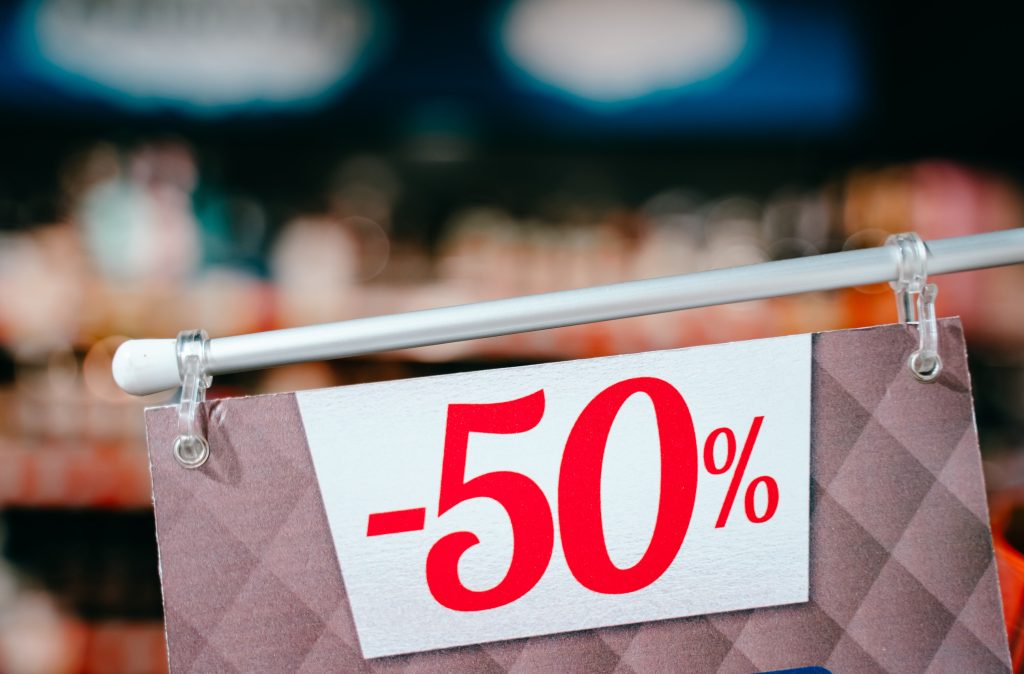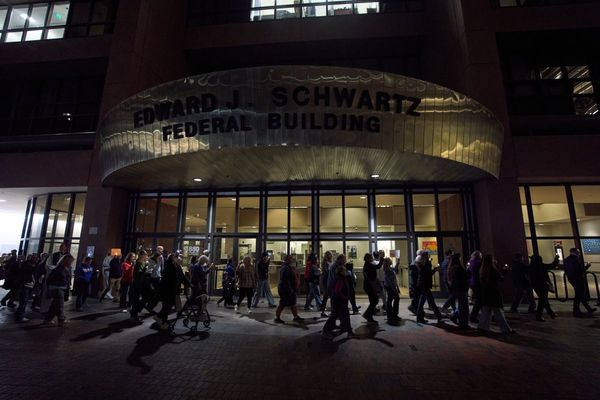
Have you ever felt the rush of snagging a “can’t-miss” sale, only to realize later that you didn’t actually save any money? You’re not alone. In today’s world of constant promotions, flash sales, and “limited-time offers,” it’s easy to assume that a sale price always means a better deal. But sometimes, the sale price is actually more expensive than the regular price—once you factor in hidden costs, fine print, or clever marketing tricks. Understanding these pitfalls can help you make smarter choices, protect your wallet, and avoid the frustration of buyer’s remorse. Let’s break down seven common scenarios where a sale price can end up costing you more, and how you can avoid falling into these traps.
1. The “Buy One, Get One” Trap
“Buy one, get one 50% off” sounds like a bargain, but it can actually lead you to spend more than you planned. Retailers know that shoppers are drawn to the idea of getting something extra for less, but these deals often require you to buy more than you need. If you only wanted one item, you’re now spending extra just to get the discount. In some cases, the regular price of a single item at another store is actually lower than the “sale” price per item in the BOGO deal. Always compare the unit price and ask yourself if you really need the second item before jumping in.
2. Inflated “Original” Prices
Some stores mark up the “original” price of an item just before a sale, making the discount look bigger than it really is. This practice, known as price anchoring, tricks shoppers into thinking they’re getting a huge bargain. In reality, the sale price might be the same as—or even higher than—the regular price at a competitor. The Federal Trade Commission has warned about this deceptive tactic, and it’s more common than you might think. Before you buy, check the price history online or use price comparison tools to see if the sale is truly a deal.
3. Shipping and Handling Surprises
Online sales often lure you in with a low sale price, but the real cost comes at checkout. High shipping and handling fees can quickly erase any savings, making the total cost higher than buying locally at the regular price. Some retailers even offer “free shipping” only if you spend a certain amount, encouraging you to add more to your cart than you intended. Always calculate the full cost—including shipping—before deciding if a sale price is really cheaper.
4. Membership or Subscription Requirements
Some sale prices are only available if you sign up for a store membership or subscription service. While the initial discount might look appealing, the ongoing fees can add up fast. For example, warehouse clubs or online retailers may offer a “members-only” sale, but the annual membership fee can outweigh any savings if you don’t shop there often. Similarly, “subscribe and save” deals can lock you into recurring purchases you don’t need. Make sure to factor in these extra costs before chasing a sale price.
5. Lower Quality or Smaller Sizes
Sometimes, a sale price is attached to a product that’s been downsized or made with cheaper materials. This “shrinkflation” means you’re paying less, but you’re also getting less value for your money. For example, a snack bag on sale might look like a deal, but if it’s smaller than the regular version, your cost per ounce is actually higher. Always check the size, weight, and quality of sale items to ensure you’re not paying more for less.
6. Return and Exchange Restrictions
Sale items often come with stricter return or exchange policies. If you buy something on sale and later realize it’s not what you wanted, you might be stuck with it or have to pay a restocking fee. In contrast, regular-priced items usually have more flexible return options. This means that if you’re not 100% sure about a sale purchase, you could end up losing money if you can’t return it.
7. Impulse Buys and Unplanned Spending
Sales are designed to create urgency and trigger impulse buying. You might walk into a store for one thing and leave with a cart full of “deals” you didn’t plan to buy. Even if each item is discounted, your total spending can easily exceed what you would have paid at the regular prices for essentials. The best way to avoid this is to shop with a list and stick to it, regardless of tempting sale signs.
Smart Shopping: How to Spot a Real Deal
The next time you see a sale price, pause and do a little homework. Compare prices across stores, factor in all extra costs, and consider whether you really need the item. Remember, the best deal is the one that fits your needs and your budget, not just the one with the biggest red tag. By staying alert to these common traps, you can make sure your “savings” don’t end up costing you more in the long run.
Have you ever paid more for a sale item than you would have at the regular price? Share your story or tips in the comments below!
Read More
The Definition of Irony (or Why You Should Know What You’re Doing)
Stop Reading About Last Year’s Top Ten Mutual Funds
The post 7 Times a Sale Price Was More Expensive Than the Regular Price appeared first on The Free Financial Advisor.







